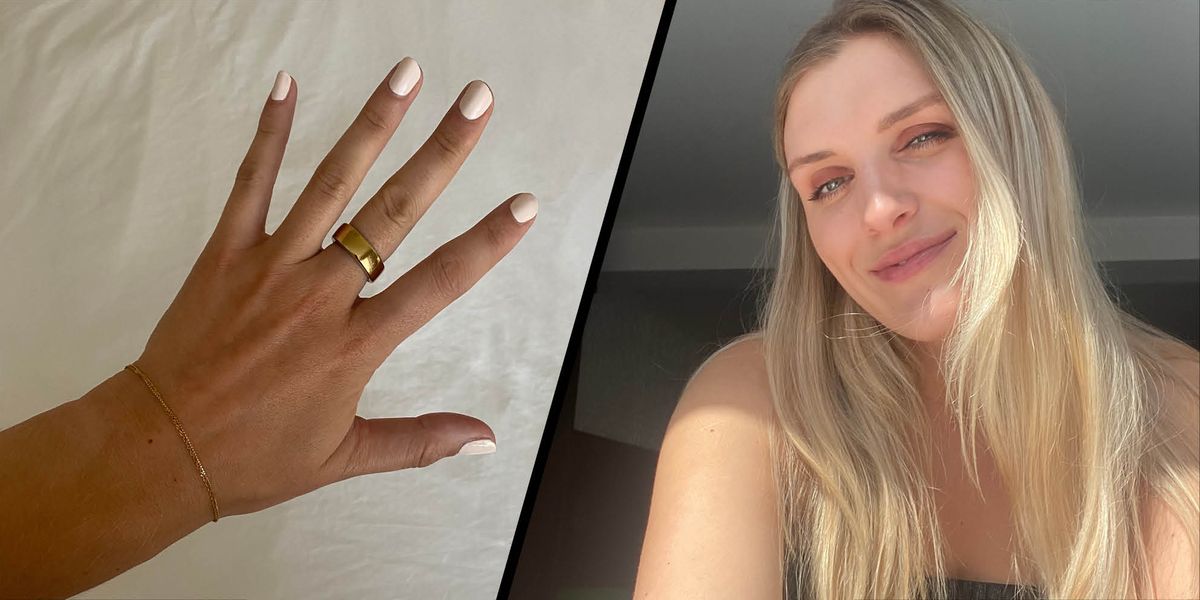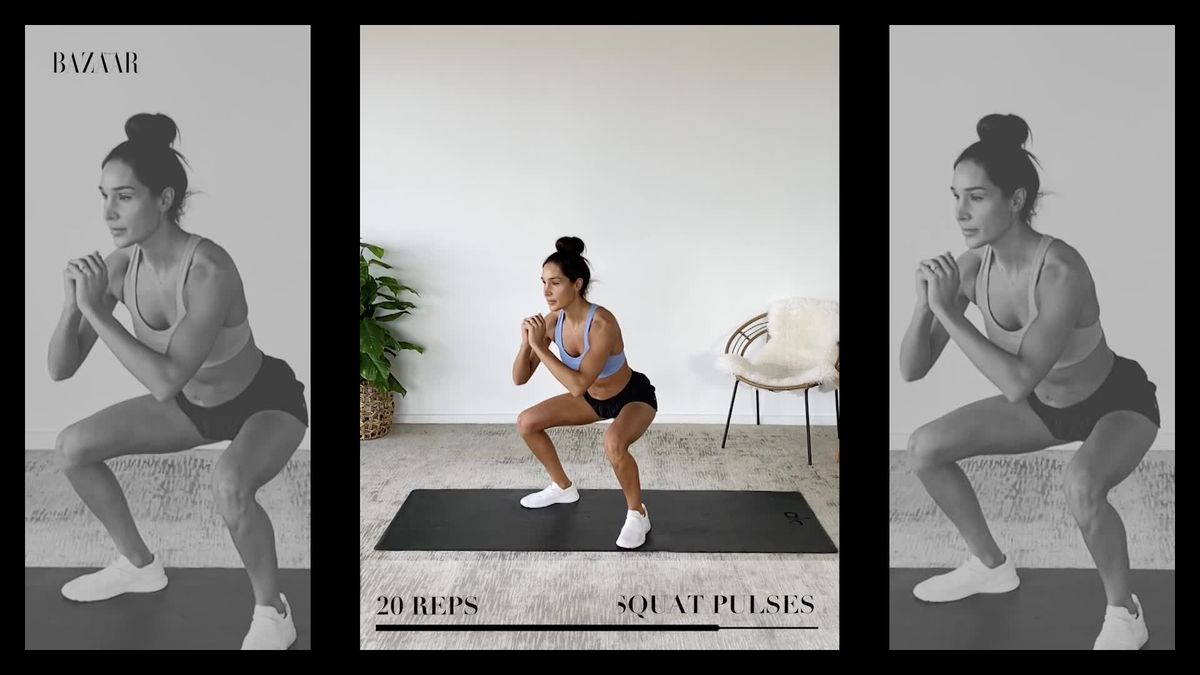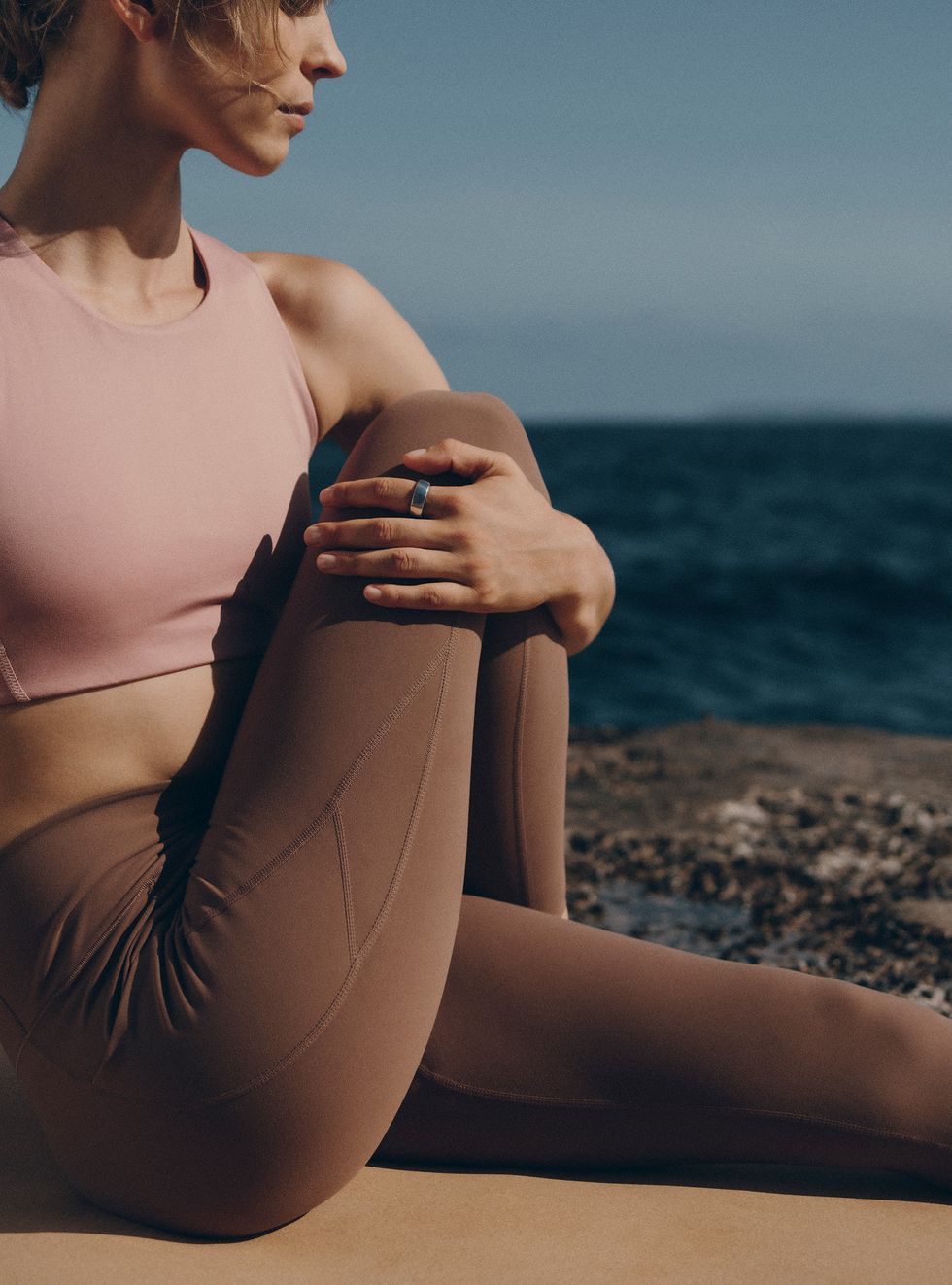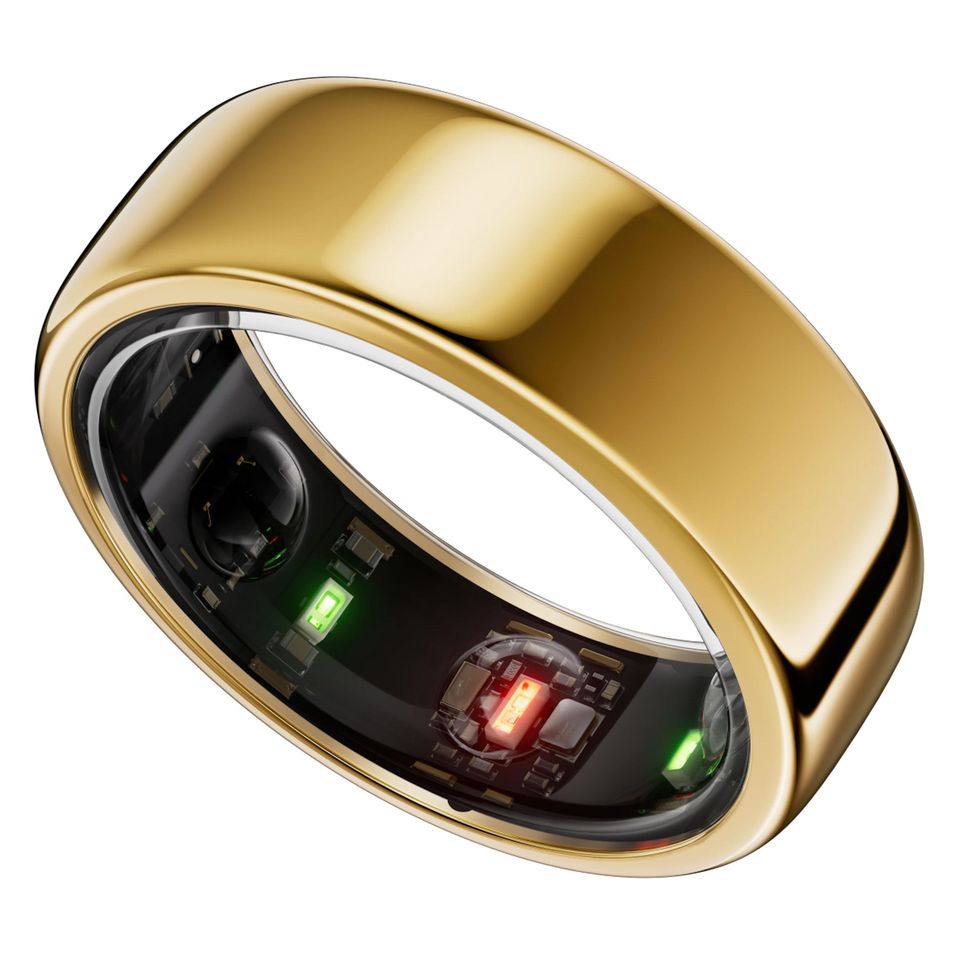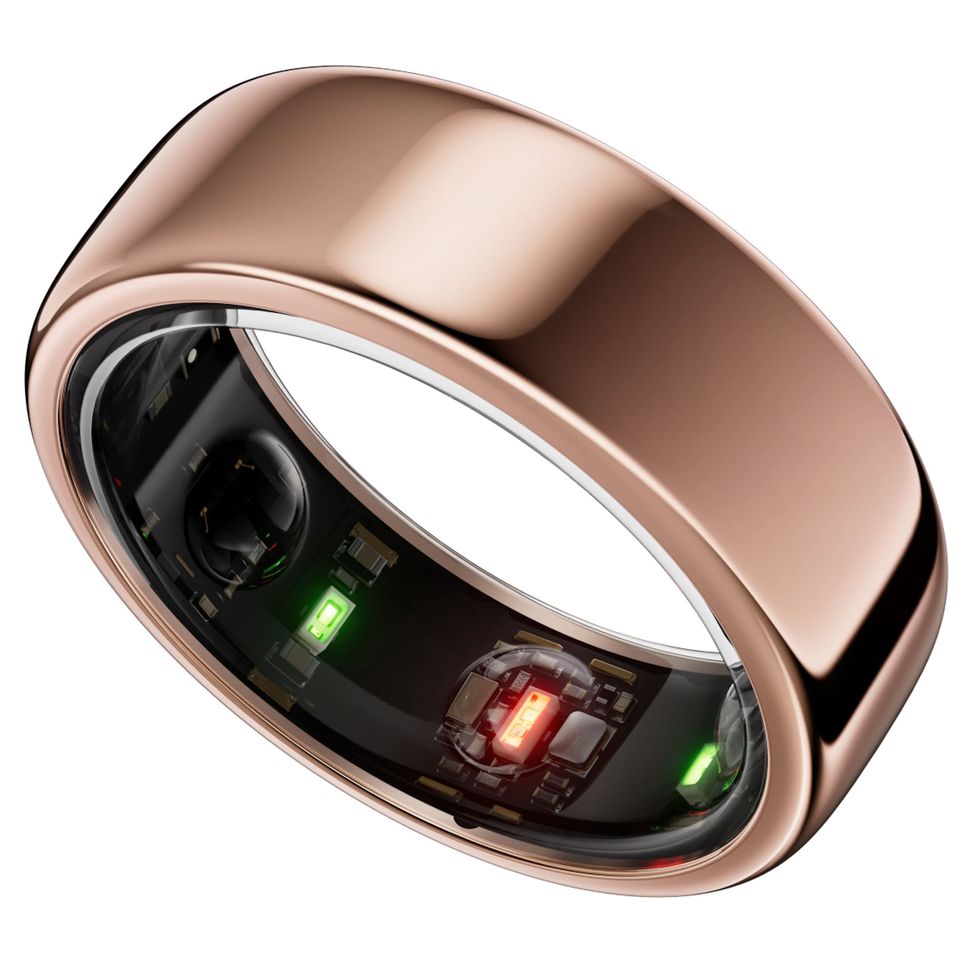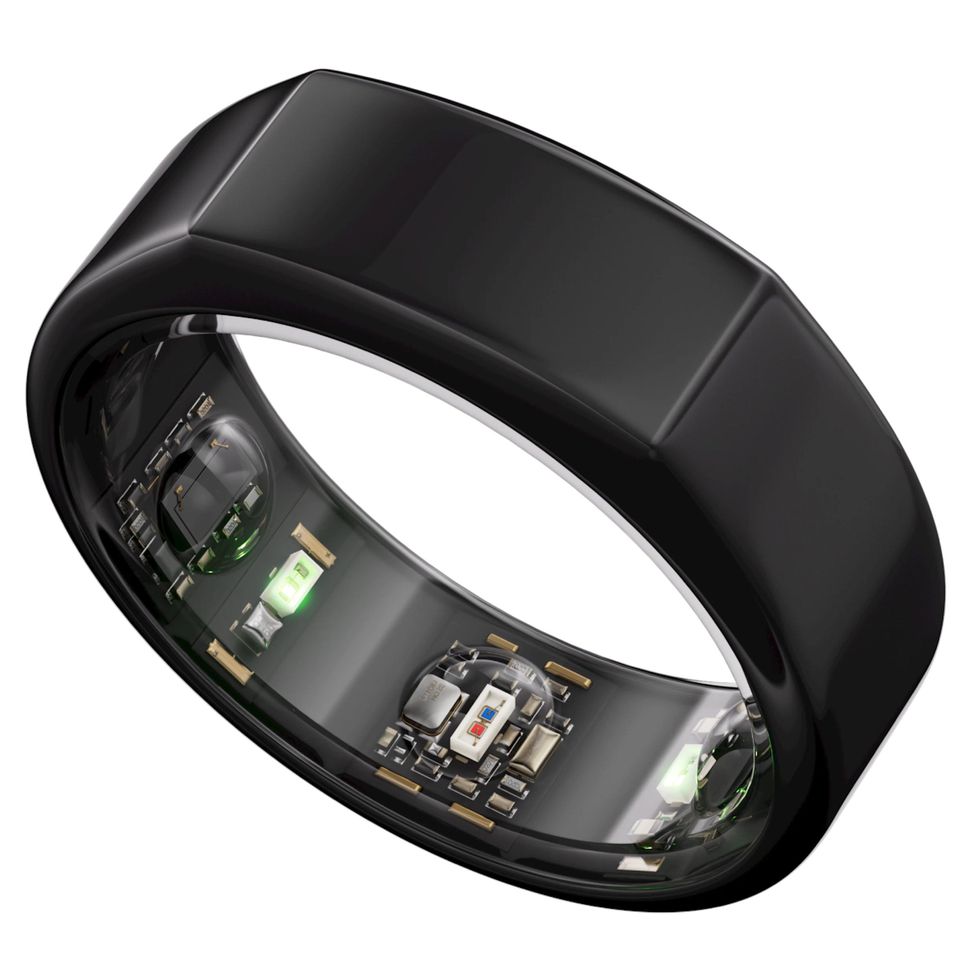“We can prescribe you a course of anti-depressants,” my doctor suggests over the phone. It’s the spring of 2023, and I’ve hit my limit with the dramatic dips in
mood I’ve been experiencing. For a couple of days once a month, like clockwork, I’ll swing into feeling unstable and incredibly anxious. This all disappears when my period arrives, and I forget how awful I felt until the same thing happens the following month.
I remember sitting on my local park bench, feeling unsure how to reply to my doctor. This is my first conversation with a professional about coming off my contraceptive pill, so their knee-jerk offer of medication feels startling: more of a temporary plaster than a solution that’ll get to the root of my issue.
I’d toyed with coming off the pill for a long time. When sharing my struggles with a close friend, she sent me a copy of Maisie Hill’s book, Period Power, which teaches you how to take back control of your mood and body by going hormone-free. It changed everything for me. While the pill certainly works for some – I took it myself for over a decade, without noticing any side effects – I eventually began to feel that my body was starting to reject it. Determined to feel more in tune with myself, I set out to find a more natural form of contraception by tracking my cycle.
Spending hours online reading other people’s experiences, I chose Natural Cycles as my hormone-free replacement for the pill, which works by measuring your temperature every day to predict whether you’re fertile or not. As someone with a busy and ever-changing schedule, there was one major drawback for me: taking my temperature at the same time every morning to ensure as much accuracy as possible. This is what drew me to the Oura ring, which partners exclusively with the Natural Cycles app, pulling your temperature statistics automatically at the same time each morning, ensuring the most accurate readings. One year on, I haven’t looked back.
Before using Oura, I truly never thought of myself as someone who would one day be obsessed with a fitness tracker. After wearing my Oura ring every day, I quickly discovered that it offers so much more than I originally expected. First, there’s the sleek, minimal design: a rare find in a fitness tracker. In fact, my smooth gold Oura is often mistaken for another luxury ring in my jewellery collection and fits seamlessly with all my other gold rings and bracelets.
Then, there are the wellness benefits. The Oura ring focuses primarily on sleep and ‘readiness’, and gives you a score out of 100 each morning by monitoring how well you slept and recovered, establishing how prepared your body is for the day ahead. It also works as a period predictor, detects when you’re getting ill before you feel it, and warns you when you appear to be heading towards burnout. My accurate temperature readings are pulled through every morning into the Natural Cycles app, which has been a game-changer for me in terms of managing my contraception easily and allowing me to go hormone-free.
On top of all that, the Oura ring works as a general fitness tracker, logging your steps, workouts and heart rate, as well as how many calories you burn throughout the day (a feature that can be turned off if desired). I’ve always enjoyed moving my body, but Oura has definitely made me fall in love with exercise even more; as someone who likes keeping their workouts varied, I like that my Oura ring logs all of my exercise – from outdoor swimming to spin classes, yoga and pilates. The ring also sets me different challenges to try to improve my sleep and rest, such as steering clear of coffee for a few weeks or doing a guided meditation session before bed.
For someone who has made running her fitness goal for 2024, Oura’s partnership with running and cycling app Strava is perfect. The ring automatically tracks your movement and shares it with Strava, which counts towards your ‘activity’ score and means there are no missed runs when you forget to start your watch. It’s an easy way to track your progress; my Oura ring has become central to my running routine and I’m motivated by the stats to push myself a little more. A few years ago, I’d struggle to run non-stop for longer than five minutes, now I look forward to a morning 5km (running tips welcomed).
Just this month, Oura announced two new heart health features: cardiovascular age (CVA) and cardio capacity, giving its users an indication of their cardiovascular health and potential implications on their long-term health. For CVA, After 14 days of ring use, the wearer can check Oura’s metrics to see if they’re trending below, above or in alignment (within five years) of their chronological age. To measure cardio capacity, users can take a walking test to establish a baseline VO2Max, the maximum rate the heart, lungs and muscles can effectively use oxygen during exercise, which is translated to cardio capacity. With heart disease remaining the leading cause of death worldwide, responsible for a third of all deaths, Oura’s commitment to health is unmatched.
It’s no wonder that Oura has amassed quite a celebrity fan base, with Kim Kardashian, Gwyneth Paltrow and Miranda Kerr all wearing one every day. Even Prince Harry has been seen sporting his sleek Oura band. Kerr credits the device for helping her to optimise her beauty sleep, previously telling us: “I try to go to bed early. If I can I get eight hours of sleep that’s a dream, but it ranges between seven and eight on a good day. I wear the Oura Ring because it helps track sleep, and your heart rate and all of that. I really love it.”
This month, Oura announced its first retail partnership this week exclusively with John Lewis. Customers can shop from Oura online at johnlewis.com and is available across all 34 department stores nationwide – perfect for any further questions, sizing queries or if you’re stuck between different ring designs and want to try out before buying.
The Oura ring: the Bazaar verdict
I’ve been using my ring for a year now and I’m consistently finding new benefits. Whether it’s the ‘weekly health reports’ giving me valuable insights into my sleep, workout and heart-rate patterns, or using the new ‘daytime stress’ monitor which tracks if I’m in a relaxed, restored, engaged or stressed state throughout the day, my ring has helped me take better control over my health. The ‘resilience’ feature helps me track my ability to withstand and recover from physiological stress over time; it essentially records your daytime stress load, and analyses how well your body recovers depending on your quality of sleep, readiness levels and balance of good activity. The main wellness benefit for me is that I now understand so much more about my menstrual cycle and I’m kinder to myself where I need to be throughout the month, as I have that deeper understanding of my needs and limits.
It’s the first app I check in the morning, and while going on your phone first thing isn’t exactly ideal, it’s much better than doomscrolling on Instagram. Instead, I’m checking in on how ready I am for the day and how well I slept. I’ve really noticed how damaging alcohol is to sleep and my overall stats, so I’m practicing being more mindful when it comes to drinking. Of course, I love having fun with friends and will always be in the mood for a cocktail, but I find myself questioning whether I truly do need that last drink – which
is only a good thing.
Allowing for a tailored experience, Oura encourages its users to choose the most important focus area for them – being more present and focused, increasing energy, improving athletic performance, managing stress or improving your health – and allows you to personalise the functions of your ring to ensure you’re getting the most from it.
So, are there any drawbacks? The price of an Oura ring is typically higher than other fitness trackers – Oura costs vary from $299 to $549 (approximately £240 to £445) depending on which metal and style you go for, and there’s an ongoing monthly membership (approximately £4.80) on top to access the app. You also must wear your ring constantly for the most accurate results, which could be a drawback for some. It took me a couple of days to get used to it, but now after wearing it for a few months, I barely notice it.
As the year has passed, I have noticed I’m needing to charge my ring more frequently than before. Oura typically says the ring needs charging every five days, but I’ll need to charge mine more frequently than that depending on how active I’ve been. This doesn’t take away from my love for the ring though: charging is quick and easy, taking just 20 minutes at a time with the USB charging dock.
Although Oura comes with a heftier-than-average price tag, I couldn’t be more pleased with the way it has helped me feel connected to my body and in better control of my everyday health. No health-tech purchase should be a replacement for professional medical care, but since I first slipped on my Oura ring, I’ve increased my exercise levels, improved my sleep and gained a better understanding of how I can prioritise rest and feel ready to take on the day.
Disclaimer: Natural Cycles is not a form of contraception recommended by medical professionaly in the UK, however, it has been cleared by the FDA. While the Oura ring makes things easier by automatically measuring your temperature, if you’re thinking of opting for Natural Cycles, you must be prepared to be honest, strict and realistic with measuring, and accepting the risk of unplanned pregnancies.

